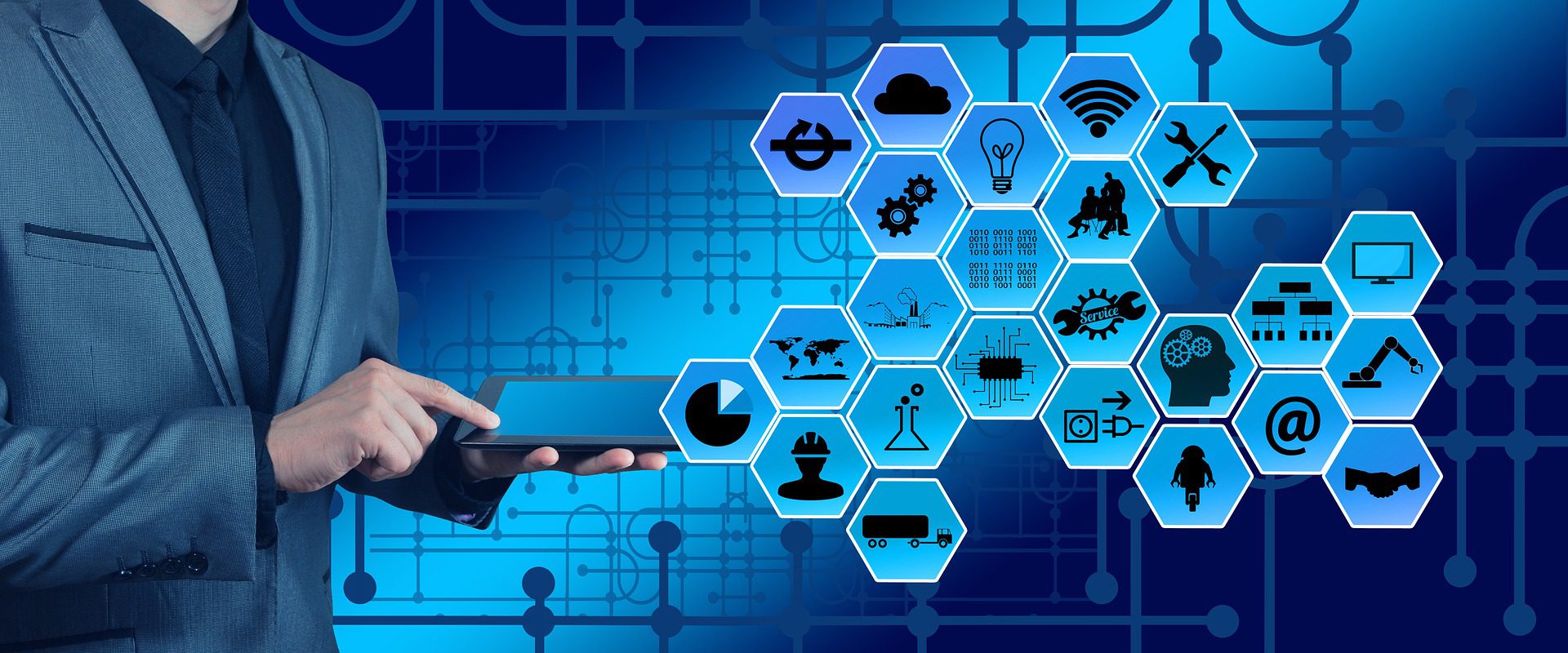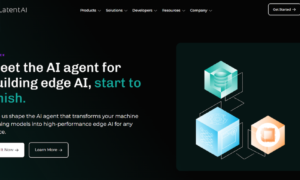The edge computing paradigm shows promise to address the weaknesses of traditional cloud computing while also working hand in hand with it.
As much as possible, the networking philosophy is developed to place the computing as close as possible to the client data source.
The Internet of Things (IoT) continues to grow, making edge computing increasingly important for enterprises across various industries.
Unlike first-generation computing, edge computing processes data on or near devices where the data is generated instead of sending it to a central server for processing. Edge computing and cloud computing often work hand in hand, however.

What Is Edge Computing?
Edge computing means bringing computation to the edge of the network, e.g., via a user’s computer, an Internet of Things (IoT) device, or a server, instead of running the computation in the cloud.
The edge computing approach reduces long-distance communication between clients and servers by transporting cloud-intensive processed locally.
What Are the Benefits of Edge Computing?
The advantages of cloud computing over on-premises computing are numerous. Any device can connect to the cloud using cloud service providers.
However, cloud computing can cause network latency due to the distance between users and the databases used for cloud services.
A solution to this problem is edge computing. With edge computing, data travels a shorter distance, and the centralized nature of cloud computing is maintained.
As much video footage as possible will never be sent to the cloud server by introducing motion sensor computation at the network’s edge.
The amount of bandwidth used will be greatly reduced. A computer can be integrated into each camera.
Best Edge Computing Platforms
Cloud servers can now connect to more cameras because only important footage is uploaded to servers. Here, you’ll learn about the best edge computing services.
1. Mutable
Mutable operates for servers as a public edge cloud platform. Mutable connect more users to the internet by bringing the internet closer to them.
Bringing the processing close to developers of IoT, robotics, autonomous vehicles, AR/VR, and cloud gaming applications, Mutable lets developers focus on continuous product development and iteration.
2. MobiledgeX
As part of MobiledgeX, developers will connect with leading telecom operators like British Telecom, Telefonica, and Deutsche Telekom to power the next generation of devices and applications.
They can also use the company’s edge cloud software for deploying telco edge clouds on telecom infrastructure.
3. Affirmed Networks
Affirmed Networks’ open architecture enables a low cost of operation, flexibility in use, and high performance in a small footprint so that they can meet customer requirements.
The mobile edge computing solutions of Affirmed Networks enable enterprises to host applications locally on their premises, minimizing latency and maximizing efficiency.
You can deploy the cloud edge within an offering on one of these platforms or at the network edge.
4. EdgeConneX
For customers in edge, far edge, hyper-scale, or edge cable landing stations, EdgeConneX builds and operates proximate, powerful, purpose-built data centers.
EdgeConneX designs and deploys the most efficient data centers for service providers and clients to reduce latency and improve performance. Among these are solutions tailored to meet the needs of large-scale data center customers.
5. Section
You can speed up your network edge journey by using the section. Application providers and software (SaaS) providers can deliver more secure and faster digital experiences with edge computing.
Edge computing enables network edge deployment, scaling, and protection of applications with the necessary flexibility, control, simplicity, and familiarity.
Final Thought
Now, more than ever before, organizations are looking to adopt edge computing because of the proliferation of IoT devices.
Cloud computing platforms receive a flood of data from these connected devices as the number of devices increases. Increasingly, real-time data processing is being requested.
This data traffic and overload on the cloud can be reduced with low latency and processing data closer to the point of generation through edge computing.
If you enjoyed this article, be sure to take a moment to read through our most recent guides on project management and IoT security trends.



































